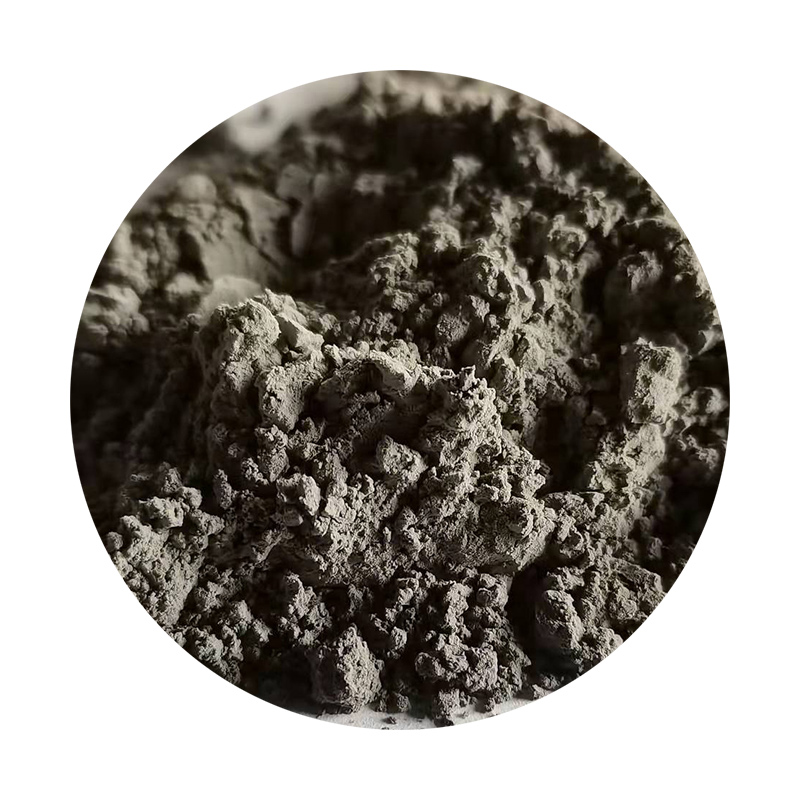Advantages and Disadvantages of Sand Casting
Sand casting, one of the oldest and most widely used metal casting processes, involves the use of sand as the primary mold material. This method has a rich history and continues to be favored in various industries for its unique qualities. However, like any manufacturing process, sand casting comes with its own set of advantages and disadvantages. This article delves into both aspects to provide a comprehensive understanding of this casting technique.
Advantages of Sand Casting
1. Cost-Effectiveness One of the most significant advantages of sand casting is its cost-effectiveness. The materials required for sand casting, primarily sand and metal, are relatively inexpensive compared to other casting materials. Furthermore, the process does not require highly sophisticated equipment, which can reduce production costs.
2. Versatility Sand casting can be used for a wide range of metals, including aluminum, bronze, and iron. This versatility makes it suitable for various applications and allows manufacturers to produce a broad spectrum of parts, from small components to large industrial items.
3. Complex Shapes and Sizes Sand molds can be easily shaped to create complex geometries. This capability allows for the production of intricate designs that may be challenging to achieve with other casting processes. Additionally, sand casting can accommodate large parts that are often difficult to handle with other methods.
4. Flexibility The sand casting process is highly adaptable. Changes to the mold can be made relatively quickly and at a low cost, facilitating revisions in design without significant expense. This flexibility is beneficial for prototype development and small-scale production runs.
5. Good Surface Finish Although surface finish can vary depending on the sand used and the method of pouring, sand casting can yield acceptable surface finishes for many applications. This is particularly true when using finer sands and ensuring proper mold preparation.
advantages and disadvantages of sand casting

Disadvantages of Sand Casting
1. Lower Dimensional Accuracy One of the primary drawbacks of sand casting is its lower dimensional accuracy compared to other casting processes such as investment casting or die casting. The sand mold may allow for shrinkage or distortions, leading to variations in the final part dimensions.
2. Labor-Intensive Process Sand casting can be labor-intensive, particularly in the mold-making stage. The manual labor involved in preparing the sand molds and cores can drive up production time and costs, especially for large quantities.
3. Pollution and Environmental Concerns The sand casting process can generate dust and emissions, contributing to environmental pollution. Additionally, the disposal of used sand can pose challenges, although some recycling processes are in place to mitigate this issue.
4. Limited Production Speed Sand casting is generally slower than other casting methods, especially for high-volume production runs. The time required for mold preparation, metal pouring, and cooling can lengthen overall production cycles, which may not be ideal for industries requiring rapid output.
5. Quality Control Issues Ensuring consistent quality in sand casting can be challenging. Factors such as sand quality, moisture content, and the skill of the operators can significantly influence the integrity of the cast parts. This variability can lead to casting defects, necessitating additional quality control measures.
Conclusion
In summary, sand casting presents a balance of advantages and disadvantages that make it a suitable choice for various manufacturing needs. Its cost-effectiveness, versatility, and capability to produce complex shapes are attractive features for many industries. However, considerations such as lower dimensional accuracy, labor intensity, and environmental impact must also be acknowledged. Ultimately, the choice to use sand casting will depend on the specific requirements of the project, including the desired quality, production volume, and budget constraints. Understanding these factors can help manufacturers make informed decisions regarding their casting processes.
Post time:Лис . 11, 2024 17:36
Next:open sand casting
